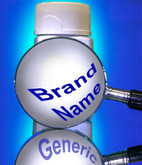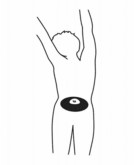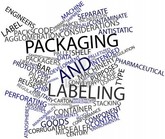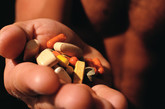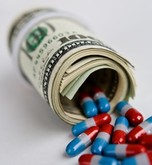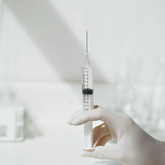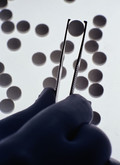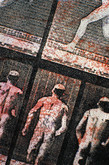Generics/Research
|
Posted 15/10/2021
Fertility regulation benefits the population, protecting the right to life and health, supporting the right of individuals to enjoy their sexuality and the right of children to be born wanted. In addition, it safeguards people’s freedom of conscience to decide whether or not to use a contraceptive method, based on their personal values, safeguards the principle of non-maleficence and the principle of equity and justice. This is fulfilled when services are universally accessible without discrimination and authorities monitor that this condition is respected. Currently, different types of contraceptive methods are available, which are classified into hormonal, barrier, long-acting reversible contraception, emergency contraception and sterilization. All of them must meet the basic conditions of efficacy, safety, acceptability, availability and reversibility.








